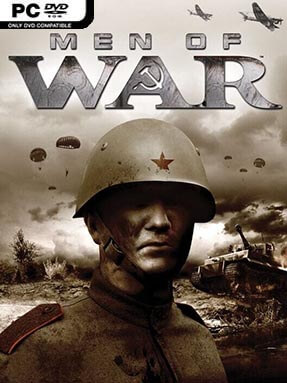


The blades were usually double-edged and up to 90cm, or a little over, in length, but early single-edged sabres are also known. Swords were very costly to make, and a sign of high status. Skilled spearsmen are said to have been able to throw two spears at once using both hands, or even to catch a spear in flight and hurl it back with deadly effect. The blades varied in shape from broad leaf shapes to long spikes.

It was used for both thrusting and throwing. The spear was the commonest weapon with an iron blade on a wooden shaft, often of ash and 2 to 3m in length. They appear to have lasted for only 30 years or so.
#WORLD WAR II ONLINE SPEARS WEAPONS BLUETOOTH#
But their date suggests rather that they were royal defensive and administrative centres, possibly built by Harald Bluetooth to unify the country at a time of conflict with the German Empire. It was formerly thought that they were barracks prepared for an attack on England. It is estimated that the buildings they once enclosed could have housed between 6,000 to 9,000 inhabitants. They were precisely planned to a similar design and their diameters range from around 120 to 240m. There the Danish Great Army, which had landed in East Anglia in 865, took shelter over the winter of 873-4.īut in Scandinavia itself we find the remains of ringforts constructed in the late tenth century, such as at Fyrkat, Trelleborg and, the largest, at Aggersborg, in Denmark. Only one English example has yet been identified, at Repton in Derbyshire. But they would generally have dispersed after a campaign and either returned to their lives as farmers, merchants or craftsmen, or joined up with other war-bands.Īccording to sources such as the Anglo-Saxon Chronicle, the Vikings on campaign abroad sometimes constructed temporary winter camps. The largest armies may have consisted of 4,000 to 7,000 men. At the battle of Stiklestad in Norway, St Olaf and his army of some 3,600 warriors were defeated by a much larger force in 1030, and at Ashingdon, in Essex, the Danish king Cnut routed King Edmund in 1016. Types of military engagement might range from small-scale family feuds or gang-raids to full-scale pitched battles. Documentary sources do report horses occasionally being used by Viking leaders in battle, but more usually they served as a rapid means of transport to the battlefield, where their riders dismounted to fight. Their horses were small and they had no real cavalry. Mounted knight carrying a shield and lance, from the Isle of Lewis chess-setīefore the end of the 11th century the Vikings fought mainly on foot. The aim was not to destroy enemy craft, but to capture them if possible, as they represented a considerable investment in time, resources and labour. The warriors in the prow were specially selected for this task. Each side then resorted to hand-to-hand fighting as they attempted to board their opponents' ships.

Ships were roped together in lines to face an enemy fleet and showers of arrows and missiles would have been exchanged. Much larger fleets of 200 and upwards were recorded later, but it is difficult to know how accurate the reports were.Īctual sea-battles were rare, and even then were fought close to shore. Raids in single ships were quite frequent and, before around 850, fleets rarely comprised more than 100 ships. Packhorses and provisions would also be included if needed.įearsome figureheads would be raised at stem and stern as a sign of warlike intent, underlined by rows of shields mounted along the sides for defence or show. Crews of 25 to 60 men would have been common, seated on benches on open decks, although the largest ships could have carried as many as 100 or more. An average speed of 10 to 11 knots could have been achieved, or perhaps rather more in short bursts. A few late examples are said to have had iron-clad bows and sterns. They were steered not by a rudder, but by a single oar mounted on the starboard side. It was equally as effective in battle, ripping holes in chainmail and armour.Well preserved remains of Viking ships, like those found at Oseberg and Gokstad in Norway and Skuldelev in Denmark, show they were clinker-built of overlapping planks and measured between about 17.5m and 36m in length. It was more effective at downing a charging wild boar because the blade created a wider, more lethal wound.
#WORLD WAR II ONLINE SPEARS WEAPONS PROFESSIONAL#
The main weapon of the medieval period was the spear, not only for peasants but also for professional soldiers and even the noblemen.


 0 kommentar(er)
0 kommentar(er)
